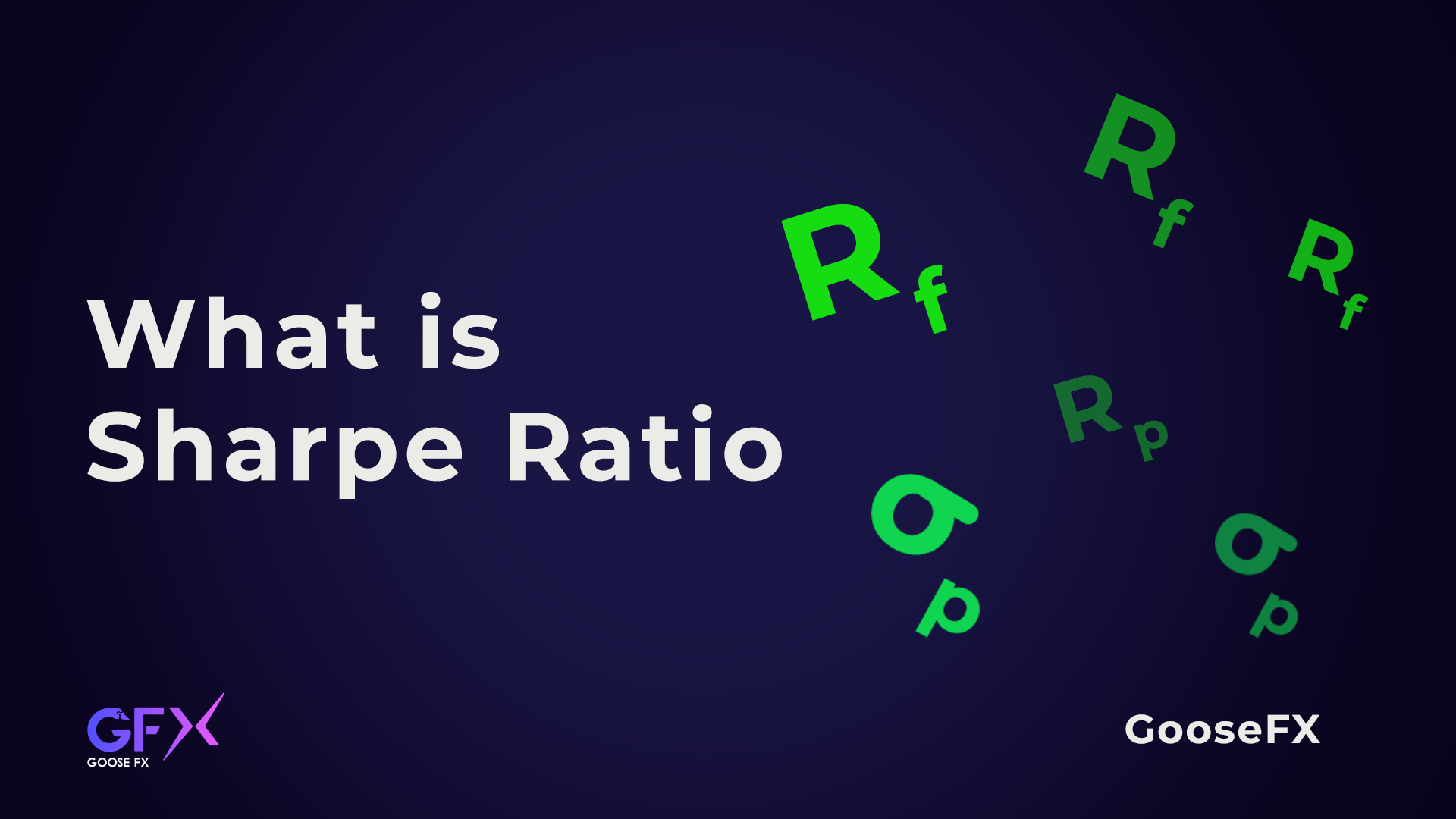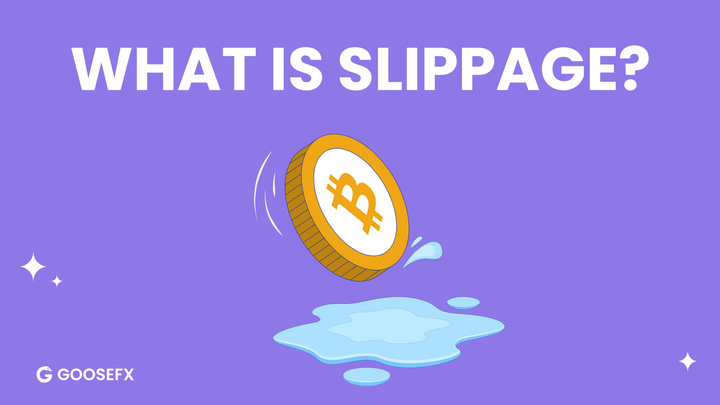Sharpe Ratio
This blog introduces the Sharpe Ratio as a way to assess risk and reward in crypto. The blog also explains the components of the Sharpe Ratio and why it is important for investors to use when making investment decisions.

Table of Content
Introduction
Hello, fellow crypto enthusiasts! Are you exhausted from the constant chatter about different tokens yet need to decide which ones to invest in? No need to worry; we have something to assist you - the Sharpe Ratio!
The Sharpe Ratio is a simple yet effective way of assessing a particular investment's potential Risk and reward. It takes into account the returns generated by an asset, as well as the level of Risk involved, to determine whether it's a good investment opportunity or not.
In this blog post, we'll dive into the Sharpe Ratio, how it works, and how it can help you make more informed investment decisions in crypto. So buckle up, and let's get started!
Please google ‘Sharpe ratio’ before you buy jpegs instead of stacking/staking sol pic.twitter.com/DkjxGWSWgf
— Gaius.abc 🌿📚 (@gaius1337) January 15, 2023
What is Sharpe Ratio?
There are two words that people who are in this space should know. Risk and Reward. Relatively simple terms, right? But what if I told you to give them a number, a mathematical value, you could say? What would you do?
The Sharpe Ratio, or the Reward to Variability ratio as it is known, is a widely used metric among investors to determine if an investment's returns are worth the Risk involved. It was first introduced by William F. Sharpe in 1966 and has become a popular method for evaluating investment portfolios. This ratio measures the risk-adjusted return of an investment by comparing its returns to the level of Risk taken.
It considers the Standard Deviation of an investment's returns to assess the degree of Risk or volatility involved. The higher the standard Deviation, the higher the Risk, and vice versa. Dividing the risk premium by the standard Deviation yields a single number that helps investors compare the risk-adjusted returns of different investments. The higher the Sharpe Ratio, the more attractive the investment is.
The Sharpe Ratio measures the excess return of an investment over the risk-free rate of return. This excess return is the reward investors receive for taking on additional Risk. The ratio considers the degree of Risk involved in generating returns, which is particularly important as Risk is difficult to measure accurately.
Investors use the Sharpe Ratio to evaluate the performance of a single investment over time or to compare the returns of different investment portfolios. By understanding the risk-adjusted return of an asset, investors can make informed decisions about which protocols/tokens to buy based on their investment goals and risk tolerance.
Components of Sharpe Ratio
The formula for Sharpe Ratio is
Where,
S = Sharpe Ratio
Rp= Expected Returns
Rf = Risk-Free Returns
σp = Standard Deviation
Now, let's understand what each term means!
Rf stands for Risk-free return. It represents the average returns we would get if we allocate it to security with 0 risks. While there is no such thing as 0 risks in the real world, the safest plays in finance are Government Bonds, considered risk-free securities.
For our example, we'll take the risk-free returns as 0.8%
Rp means the expected returns of the asset you want to allocate. You are looking to give into Bitcoin, so you can calculate the expected returns, which are nothing but the average daily returns of Bitcoin over a while.
For our example, we'll assume the average returns or Rp for Bitcoin to be 4% for a period of 60 days.
Finally, we have σp or Standard Deviation. Standard Deviation is a fundamental mathematical concept that measures volatility in the market or the average amount by which individual data points differ from the Mean. It can be found out by,
Where,
σ = Standard Deviation
xi = Data point value
μ = Mean of the data
N = Number of data points
For our example, the data point would be the daily returns of Bitcoin while the Mean is the Rp or expected returns as it's the average of the daily returns. The Number of data points or N depends on you (Taking N=60 for our example as done above), and thus inputting all this would yield you the value of std. Dev.
Let's say std. dev comes out to be 2.6%. It implies that the returns of Bitcoin could fluctuate between (Rp - 2.6%) to (Rp + 2.6%) or 1.4% to 6.6%!
Note: that this range has a probability of over 68% happening for a particular day as it is the 1st Std—deviation; however, we won't discuss about it in this article.
Calculating the Sharpe Ratio for our example now would be:
(4-0.8)/2.6 = 1.23! Which is considered to be an acceptable Sharpe Ratio.
Generally, An investment with a Sharpe Ratio of 1 or higher is considered acceptable, while a Sharpe Ratio of 2 or higher is considered very good.
However, it is essential to note that the Sharpe Ratio should not be the only factor considered when making investment decisions. It has limitations and may not apply to all types of investments.

Why is it important?
The Sharpe Ratio is an essential metric for investors because it provides a way to compare the risk-adjusted returns of different investment portfolios. It is critical in crypto, where volatility is high, and Risk is often challenging to measure accurately. Using the Sharpe Ratio, investors can make more informed decisions about which tokens to invest in based on their risk tolerance and investment goals.
Moreover, the Sharpe Ratio helps investors assess whether an investment's returns are worth the Risk involved. It allows investors to determine whether the Risk they take is adequately compensated by the returns they receive. For instance, an investment with a high Sharpe Ratio indicates that it provides an excellent risk-adjusted return and that the Risk involved is worth taking. On the other hand, an investment with a low Sharpe Ratio may indicate that the returns are insufficient to compensate for the Risk involved and that the investor may be better off investing in a different asset.
In addition, the Sharpe Ratio can be used to evaluate the performance of an investment portfolio over time. By tracking the Sharpe Ratio of a portfolio, investors can assess whether the portfolio delivers consistent risk-adjusted returns and whether any adjustments need to be made to improve its performance. It can be significant for long-term investors looking to build a diversified portfolio that can provide stable returns over time.
Conclusion
In conclusion, the Sharpe Ratio is an effective tool for assessing the potential Risk and reward of a particular investment in cryptocurrency. It considers the returns generated by an asset and the level of Risk involved to determine whether it's a good investment opportunity. Using the Sharpe Ratio, investors can make more informed decisions about which protocols/tokens to buy based on their investment goals and risk tolerance.
Investors should remember that the Sharpe Ratio should not be the only factor considered when making investment decisions, as it has limitations and may not be applicable to all types of investments. However, it provides a way to compare the risk-adjusted returns of different investment portfolios. It is crucial in cryptocurrency, where volatility is high, and Risk is often challenging to measure accurately. With the Sharpe Ratio, investors can make more informed decisions and maximize their returns while minimizing risks.
Stay Tuned with #GooseAcademy
Website | Twitter | Telegram | Discord | Docs
Disclaimer: The statements, proposals, and details above are informational only, and subject to change. We are in early-stage development and may need to change dates, details, or the project as a whole based on the protocol, team, legal or regulatory needs, or due to developments of Solana/Serum. Nothing above should be construed as financial, legal, or investment advice.

![Top 6 Chart Patterns for Crypto Trading [Guide]](/content/images/size/w720/2024/07/Top-trading-patterns.png)


Comments ()